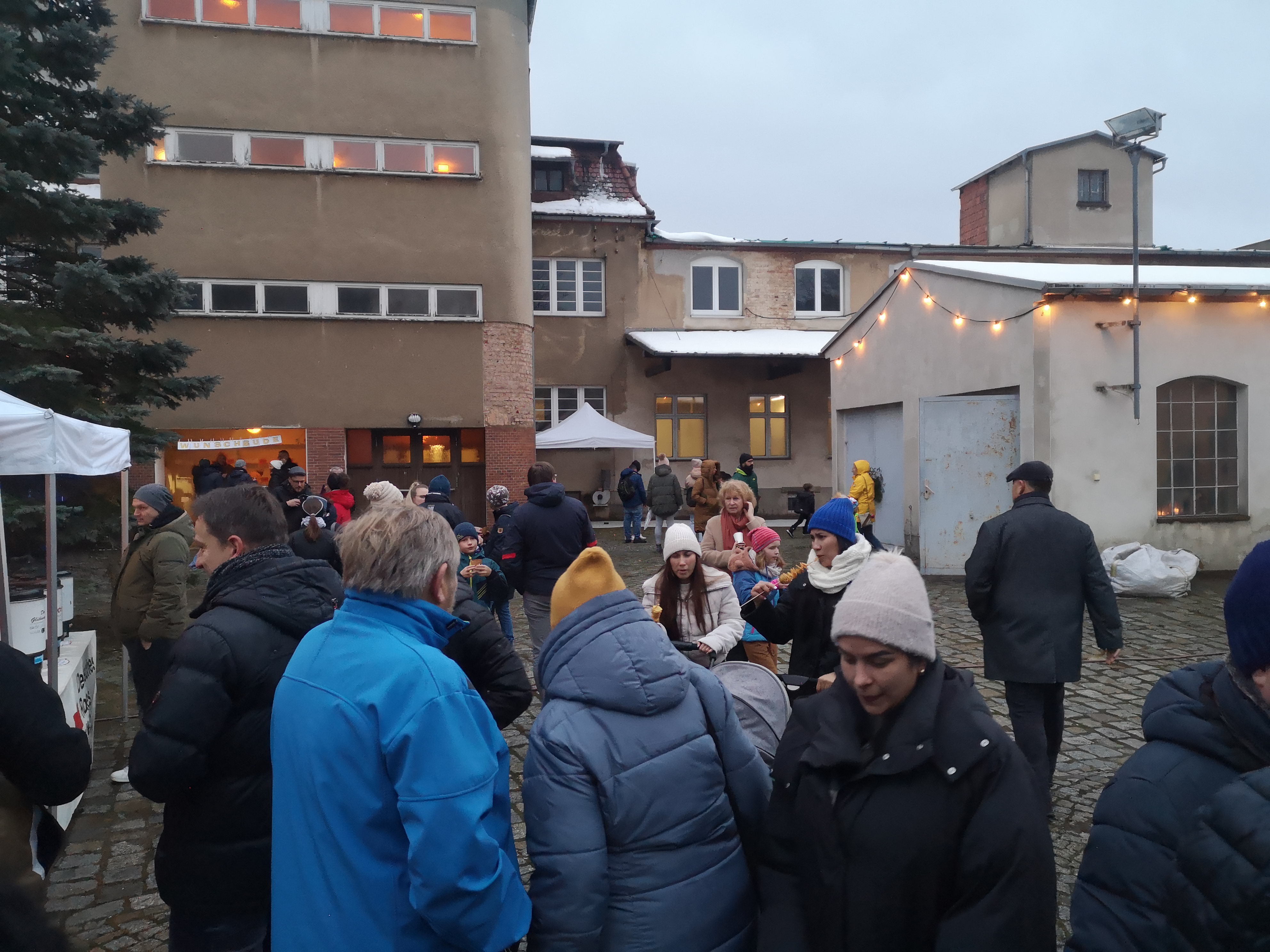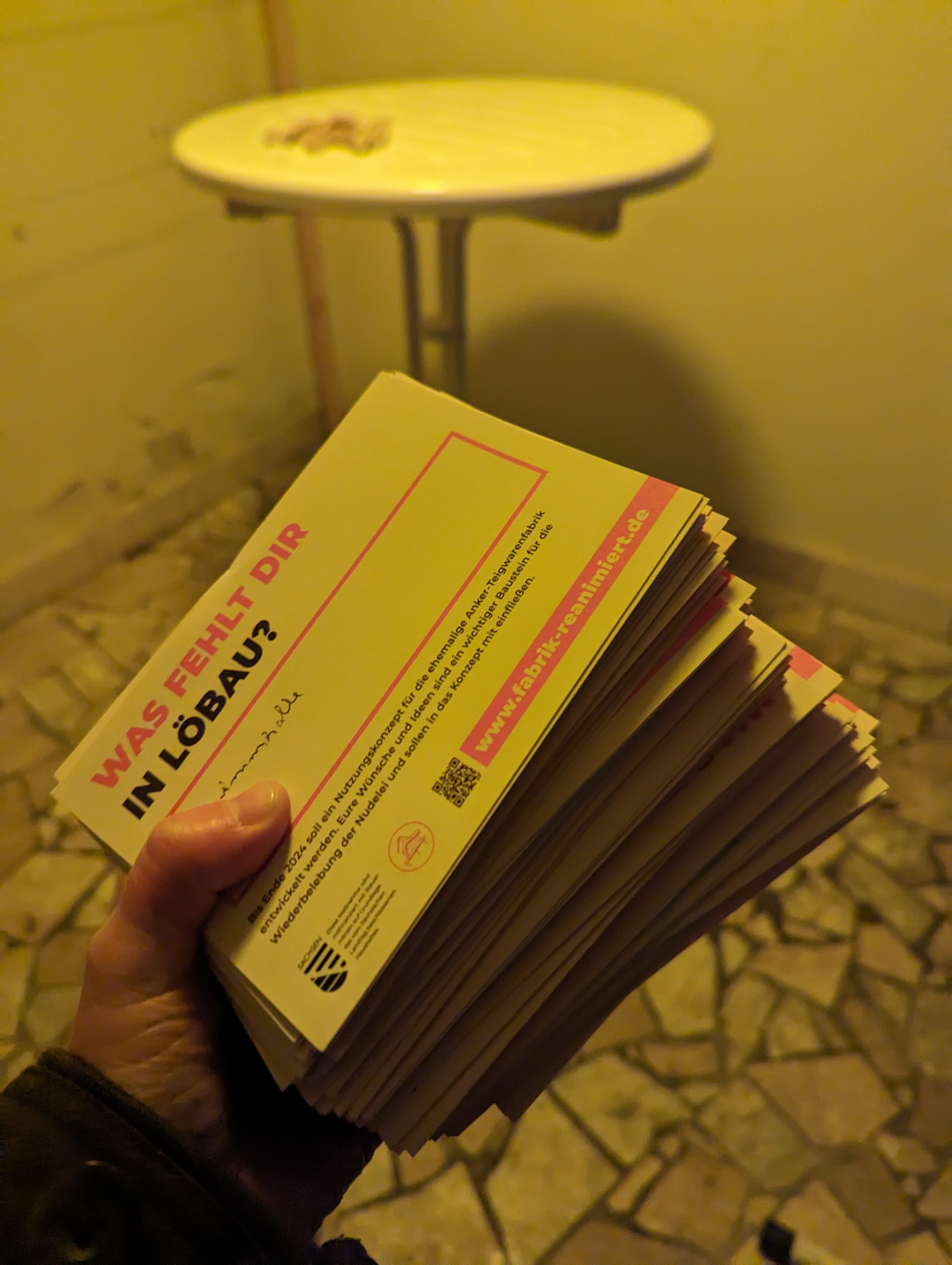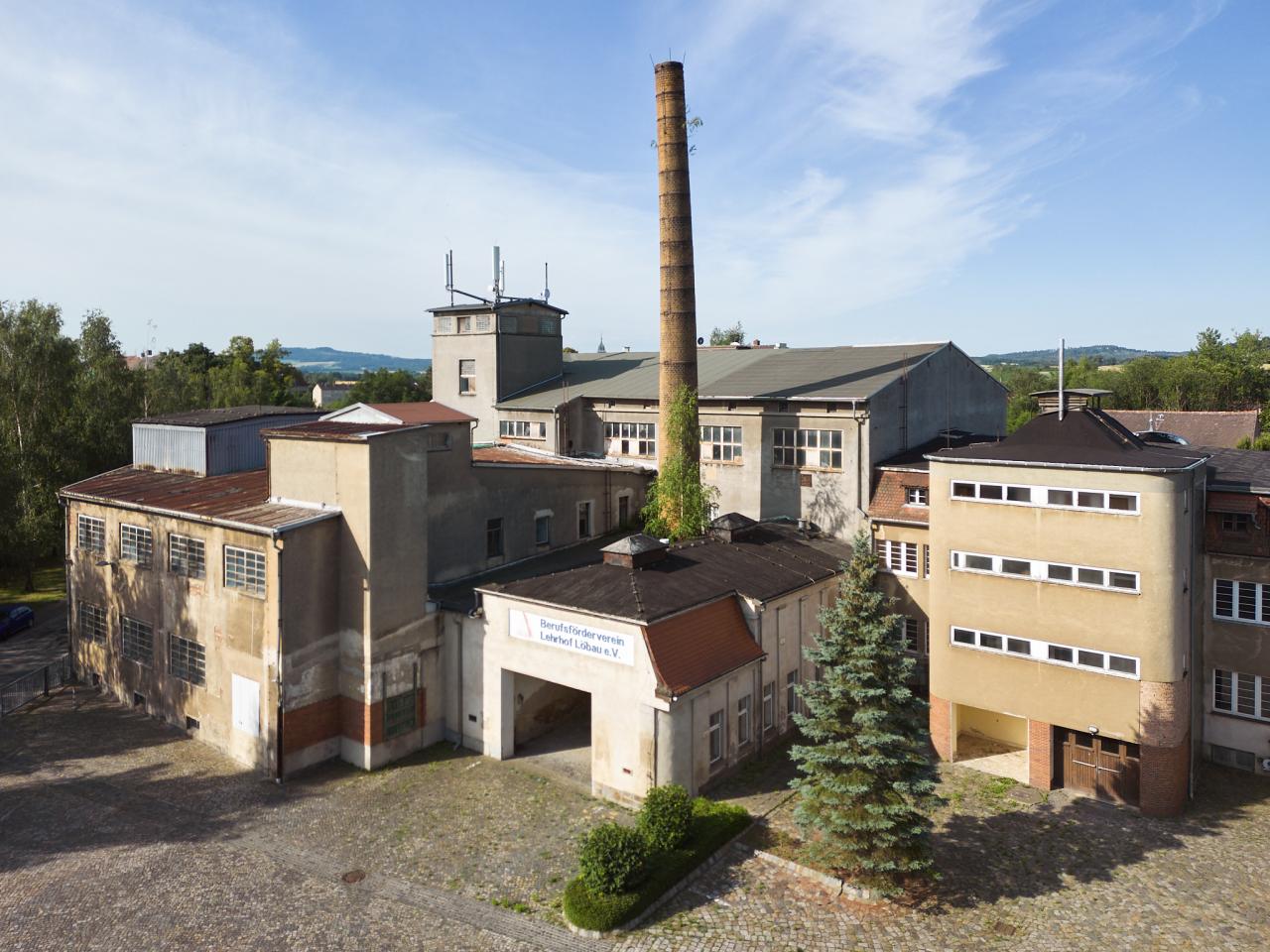The small town of Löbau in Upper Lusatia in eastern Saxony is a rural municipality in a region that has been severely affected by structural change over the last 20 years. However, the entire region has an extremely successful economic past. Especially in the period between the world wars, Upper Lusatia and the entire Saxon-Czech border region were characterised by strong, innovative and successful entrepreneurship. Fritz Schminke, with his pasta factory and his residence, the iconic Schminke House right next to it, was one of these entrepreneurs.
When Fritz inherited the "Anker-Teigwarenfabrik" from his father in the 1920s, he took noodles from an export product to a staple food in Germany in just a few years. The company's success led to an ongoing expansion of the production facilities, and the original factory was gradually extended with modern extensions and conversions. Following the completion of the extremely modern residential building for the Schminke family in 1933 directly next to the factory, the architect Hans Scharoun also began planning for the pasta factory. However, the grand master plan for a comprehensive redesign and expansion of the site was never realised due to the war.
After the expropriation of the family after WWII and 40 years as a state-owned company, the factory was sold to a private investor after the reunification of East and West Germany. After all the machinery had been cleared out and the building had been rented out for a few years, it became vacant in 2010. The city bought the site in 2018 and has been looking for new concepts and uses for the buildings ever since.
In the summer of 2023, two projects were launched to look into the future of the former pasta factory. The city of Löbau participates in the URBACT Greenplace project and would like to exchange ideas, possibilities and impulses for revitalising the site with other municipalities at European level. The Haus Schminke Foundation, who takes care of the neighbouring residential building, is working on the "Fabrik reanimiert" project at a local level to explore ideas and possibilities for the revitalisation of the old pasta factory. The two projects running parallel at the same time promise numerous synergy effects, as they offer the opportunity to look think outside the box beyond one’s own backyard. In the future, the factory site and the former home of the Schminke family are meant to be reunited and function together again. The town of Löbau and the Schminke House Foundation are therefore working closely together on both projects, benefiting from the short communication channels in the administration of a small town.

In the Greenplace project, the participants primarily get to know numerous examples of best practice and input from outside. The ideas from the dialogue with other municipalities are also an inspiration for the communication and cooperation with the citizens of Löbau. At the same time, the needs and inputs from the participation process in the "Fabrik reanimiert" project can in turn provide impetus for other municipalities in the URBACT network.
A good example of the work at local level was the first so called spotlight-event "Christmas at the Nudelei" in December 2023, where the citizens of Löbau were invited to exchange ideas over a game of curling, listening to fairy tales, drinking a cup of mulled wine and to share their needs using a specially designed postcard. As a result, more than 200 key points were collected on the question "What are you missing in Löbau", which will now be incorporated into the ongoing project. Three further spotlight-events are planned for 2024 to attract the people of Löbau back to the factory and draw attention to the site. Spring 2024 will also see the start of a phase of testing ideas, during which artists, craftspeople, associations and initiatives can apply to temporarily use one of the ground floor rooms in the factory. This will allow the people of Löbau to try out "what it would be like if the factory came back to life".
 Photo: J. Bojaryn
Photo: J. BojarynThe results from the "Fabrik reanimiert" project at local level are a good basis for the integrated action plan and the vision for the future that are being developed in the URBACT project together with the urban local group. That way, small steps at local level can be combined with the big ideas of a vision for the future. The interaction between the two projects promises a holistic approach to the needs of Löbau’s citizens, the opportunities for the factory and the ideas that are necessary for a sustainable community.
As an important example of the economic history of Upper Lusatia, the more than 100-year-old location could once again become an innovative hub with the efforts of the two projects and present the potential of our architectural heritage in the best possible way.


